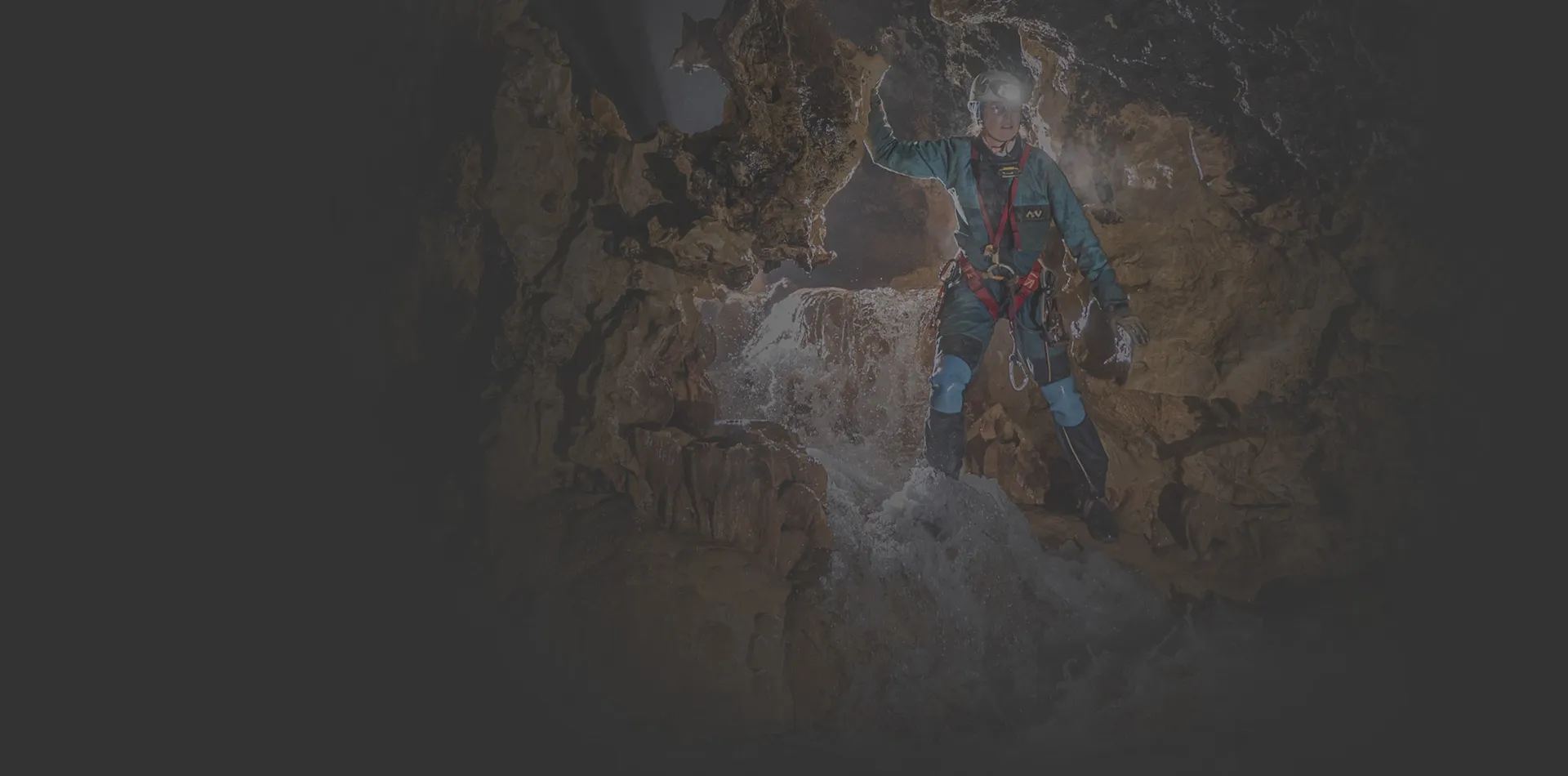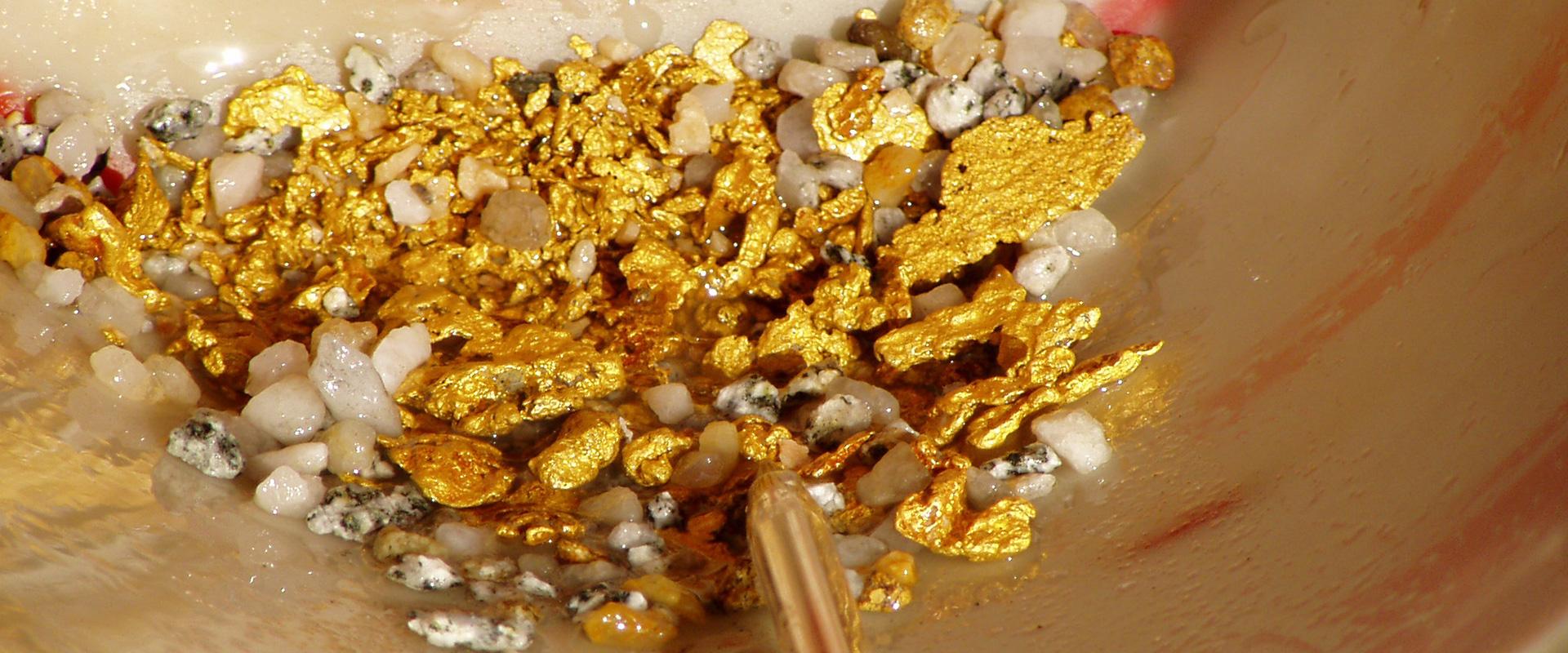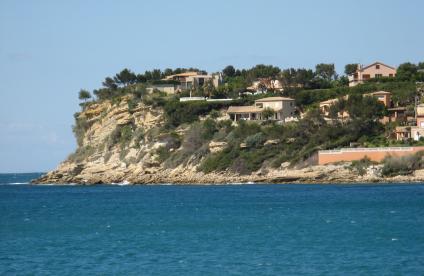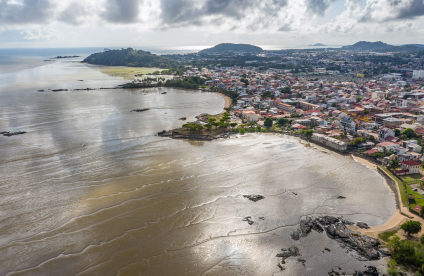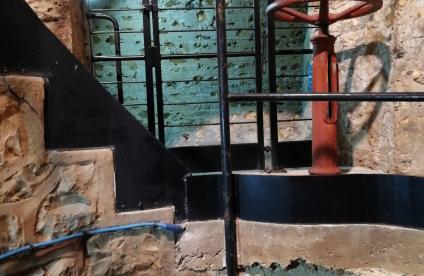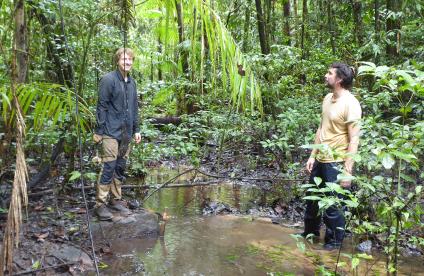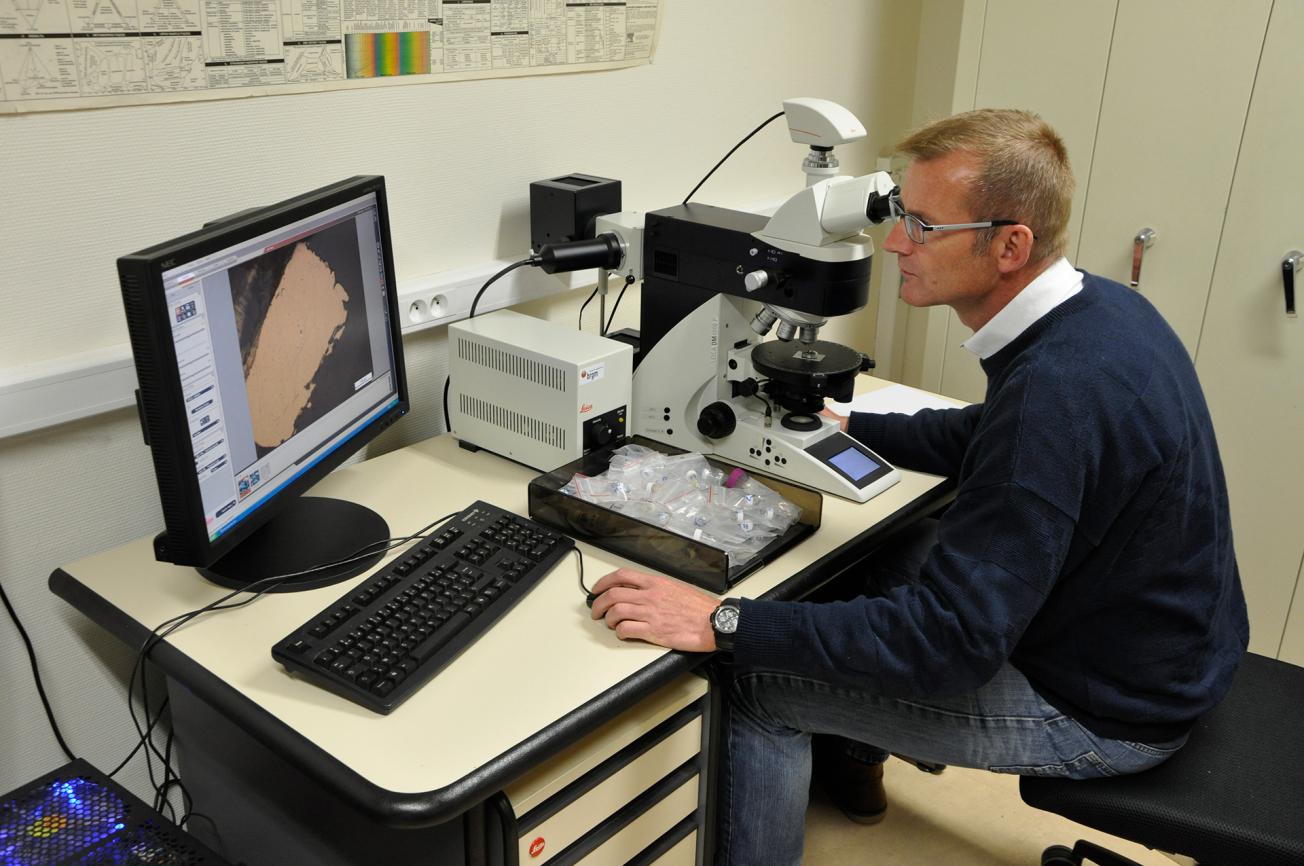
Shape, colour and mineral inclusions in gold samples from Guiana seen under a microscope. A physicochemical "identity card" for each sample can be determined by combining different methods of analysis.
© BRGM - Pierre Vassal
In French Guiana, illegal gold panning is having disastrous impacts on people and the environment. The method of production used by illegal panners involves a mercury-based amalgamation process, and is causing severe pollution in forests and rivers, while competition between some 10 000 "garimpeiros", many of whom are undocumented workers from neighbouring countries, frequently flares up into violence.
Illegal gold production in Guiana is estimated at about 10 tonnes a year, as compared to one to two tonnes of legal productionThe European TAO project on analytical tracing of gold in Guiana, conducted with the WWF.
But curbing these illegal activities, which involve hundreds of small production sites (204 identified in 2015 by the "Harpie" military operation against illegal gold panning), is not a simple matter.
The solution that was investigated in the TAO project involves tracing the gold coming onto the market to identify the method of production, but also its geographical origin, by investigating the mineralogical and chemical characteristics that are specific to each deposit.
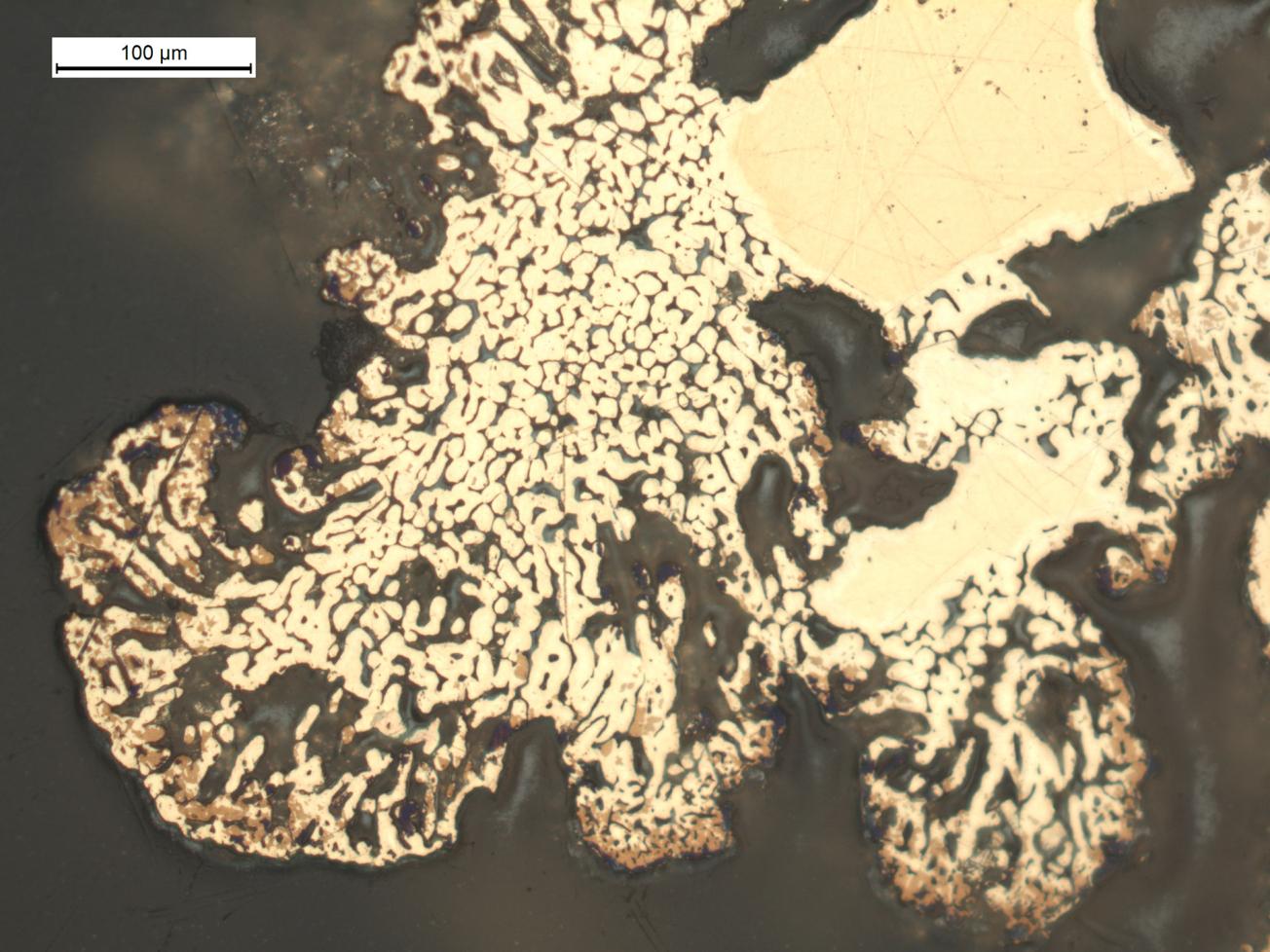
Sample with the characteristic cauliflower shape of gold grains amalgamated with mercury.
© BRGM
Several complementary methods
The work undertaken in Guiana is the first of its kind. The research involved applying a series of physicochemical analysis techniques to 30 samples from seven known deposits in Guiana and 4 samples from neighbouring Suriname produced by mercury amalgamation.
The morphological and chemical characteristics of the nuggets were investigated using a series of methods from microscope observations of their shape, colour and any mineral inclusions to isotopic analyses, with each method providing different clues. These analyses enabled us to determine a physicochemical "identity card" for each sample, which gives the "signature" of the mining area they came from.
The method also produced a characterisation of the production method used, which is of major importance to fight illegal gold production.
The shape of the grains is different depending on whether they are from primary or alluvial deposits or produced by amalgamation. Grains taken from close to their primary source have relatively flat surfaces on which the imprints of associated minerals can be seen. They become more rounded when carried away by a stream. When a mercury-based amalgamation process has been used, the chemical reaction produces a characteristically cauliflower-shaped deformation.
Work is still in the early stages and the methods need to be refined. However, the results so far are very promising and the next few years could see the creation of a reference databank in Guiana. This would make the legal situation more secure by ensuring full traceability of products coming onto the market, thus providing better guarantees as to their origin.
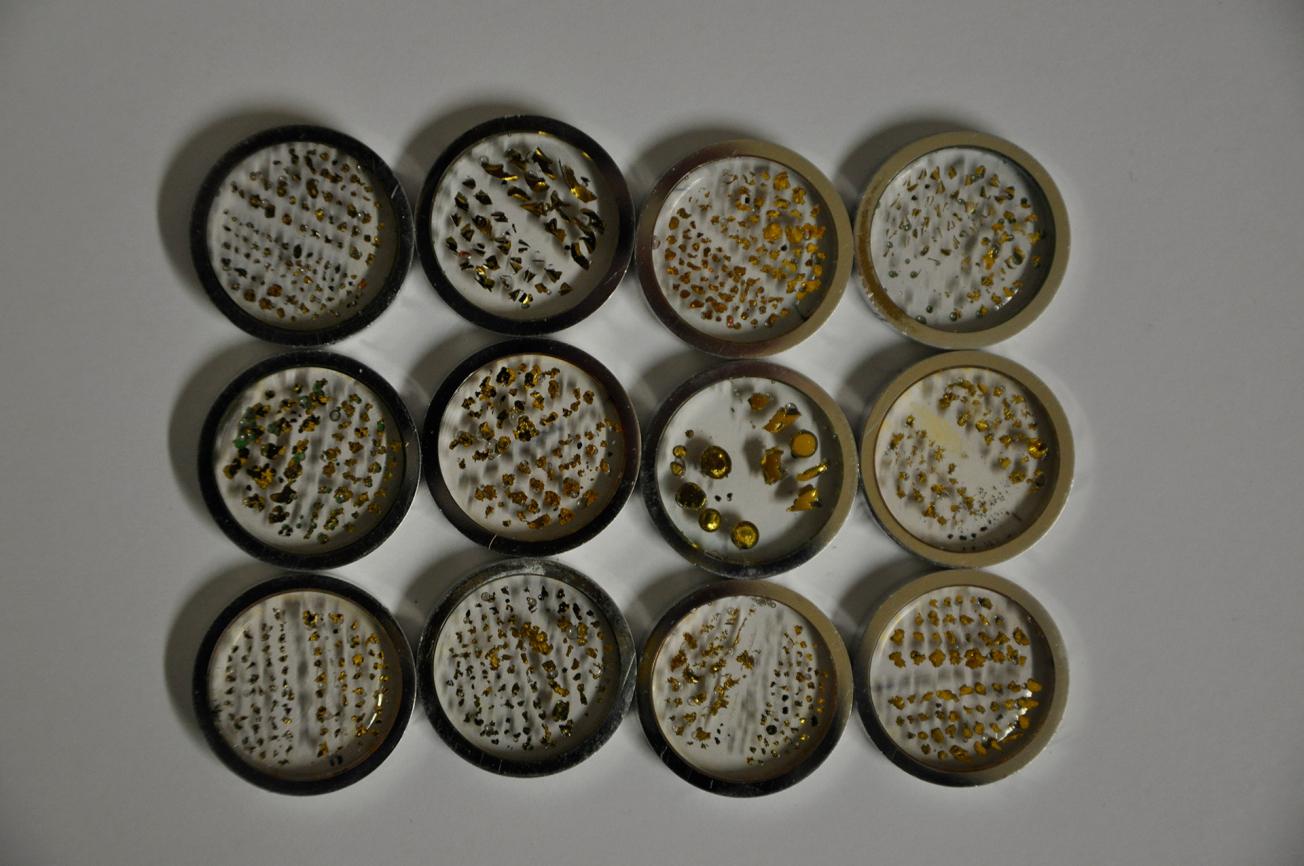
Analysing gold samples from French Guiana.
© BRGM
